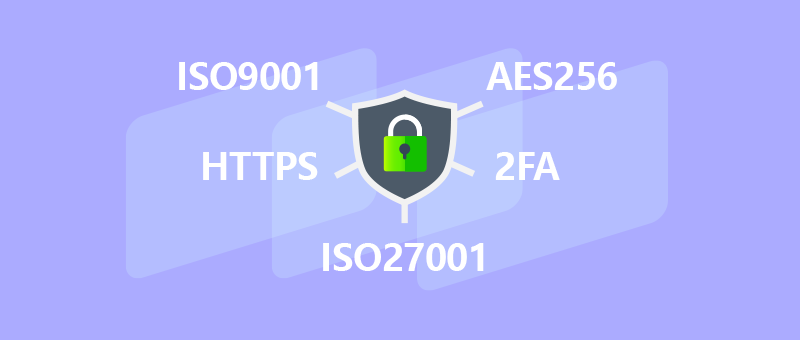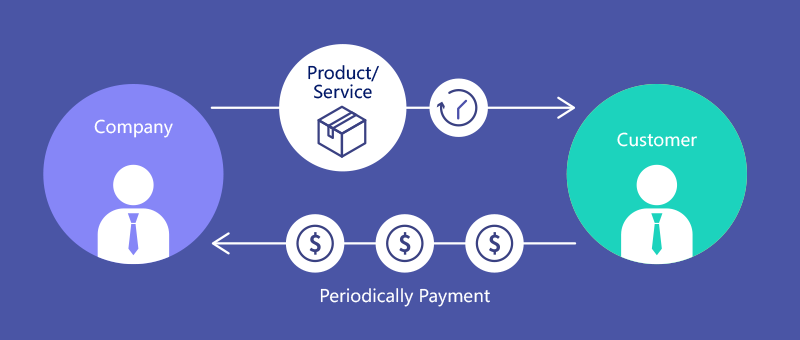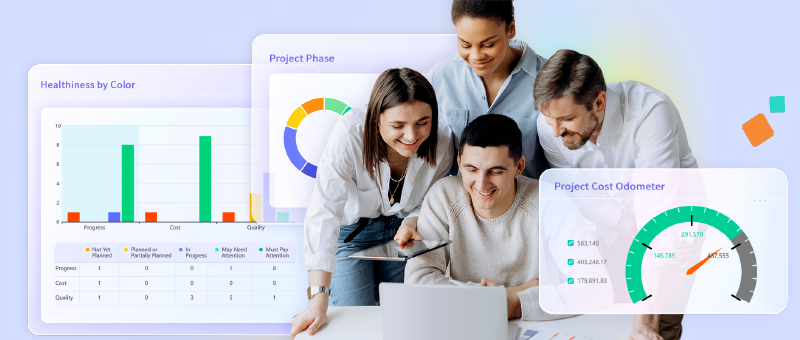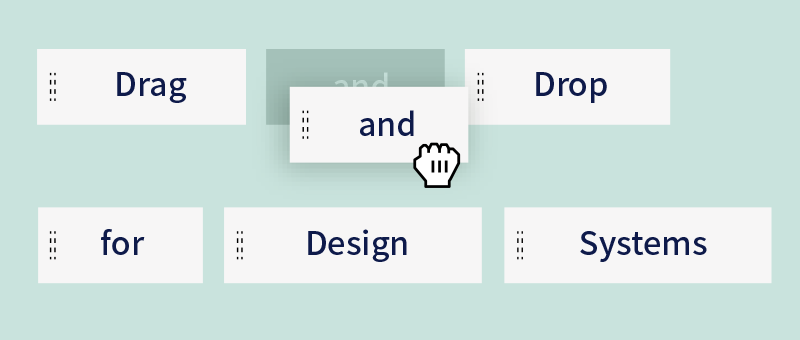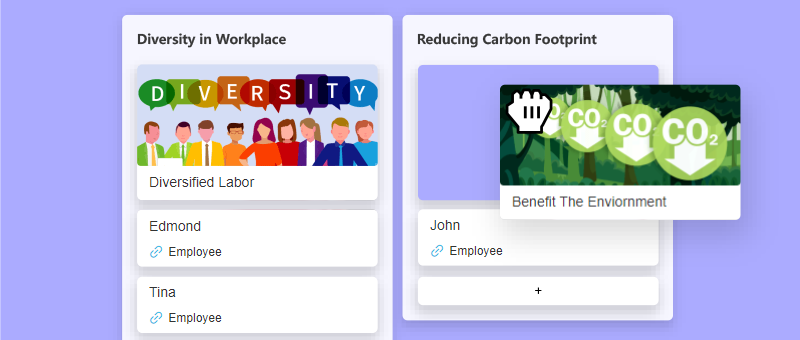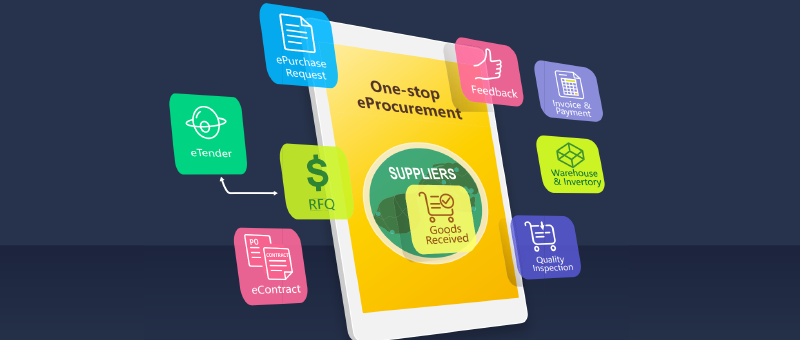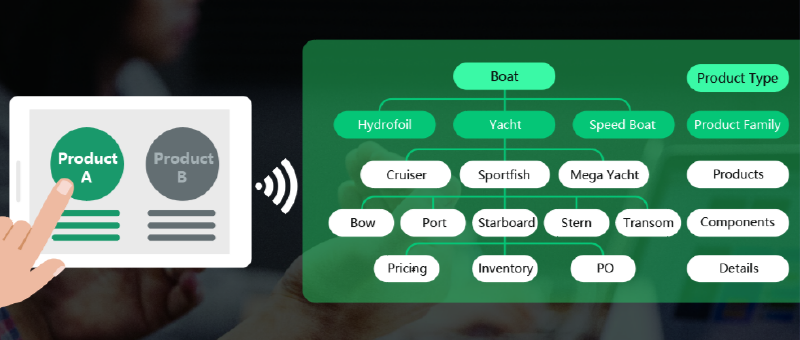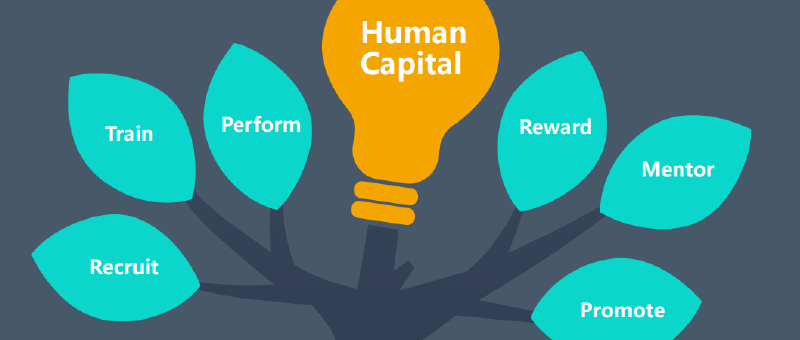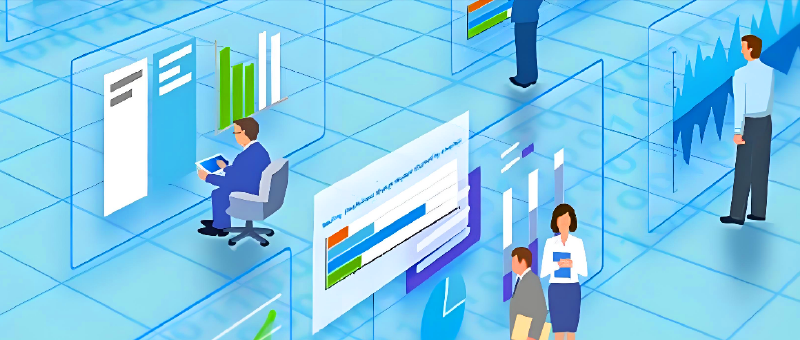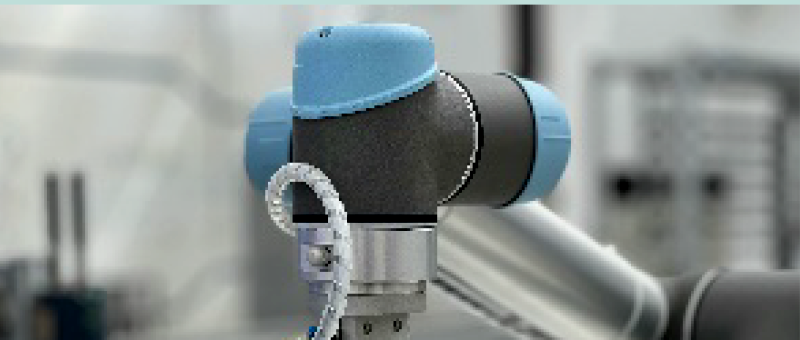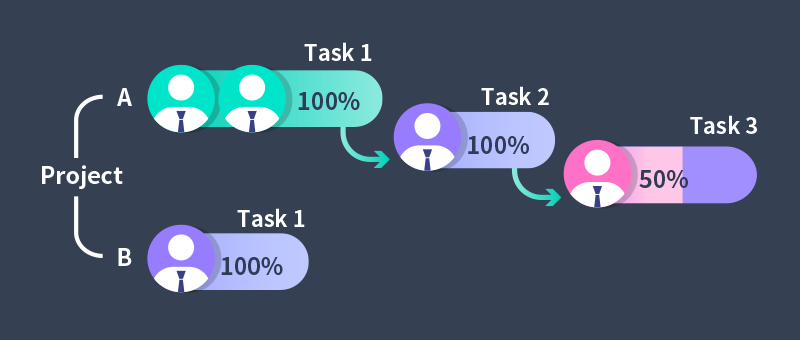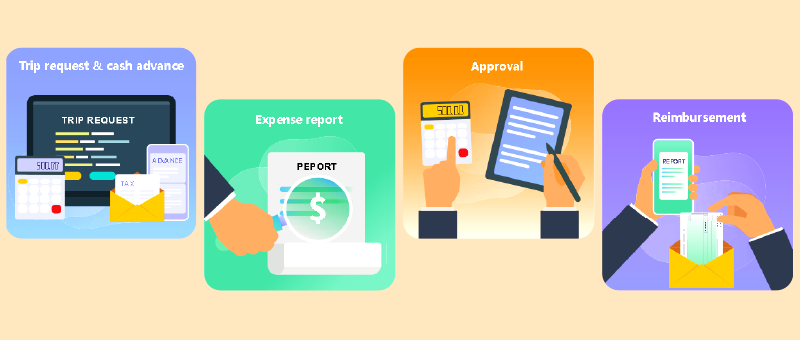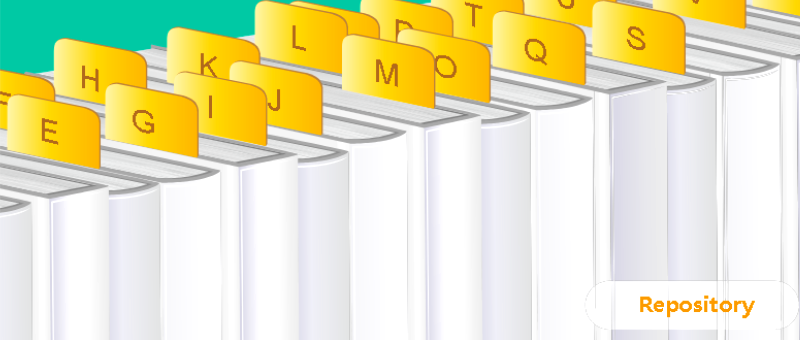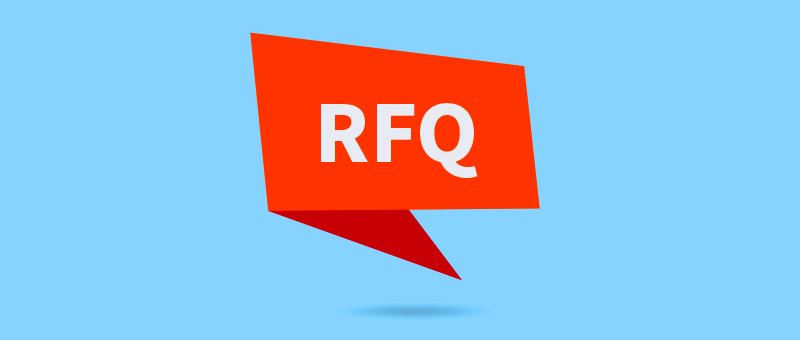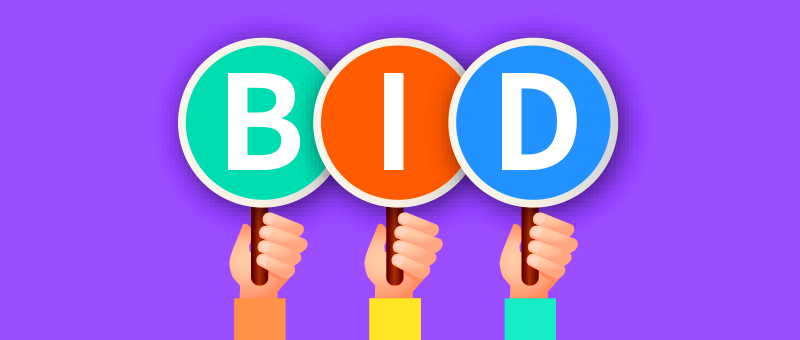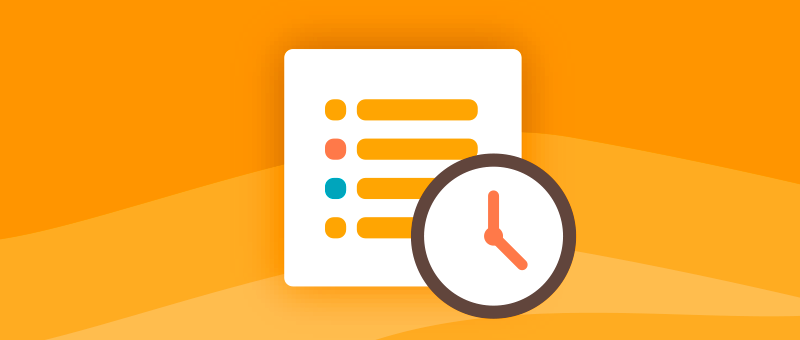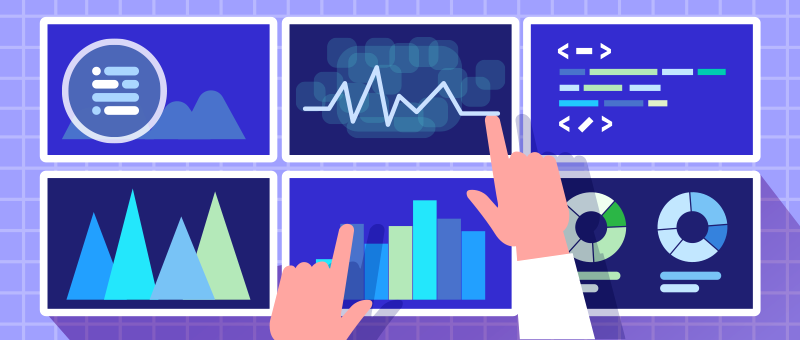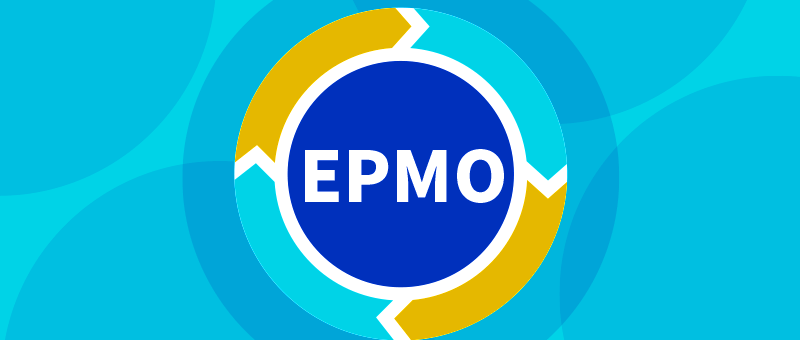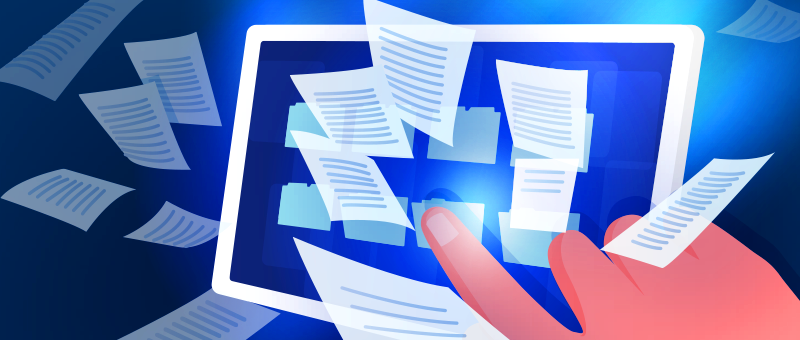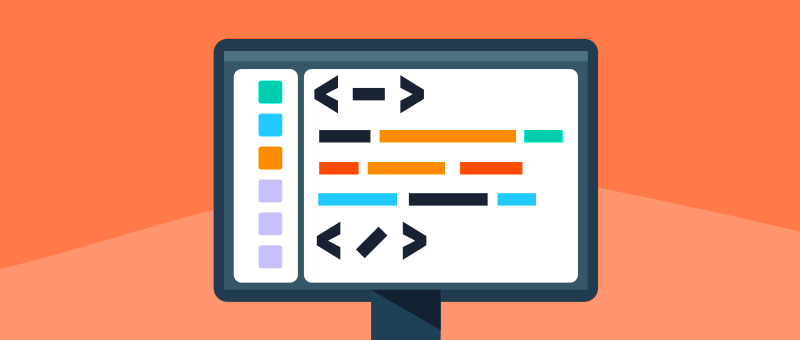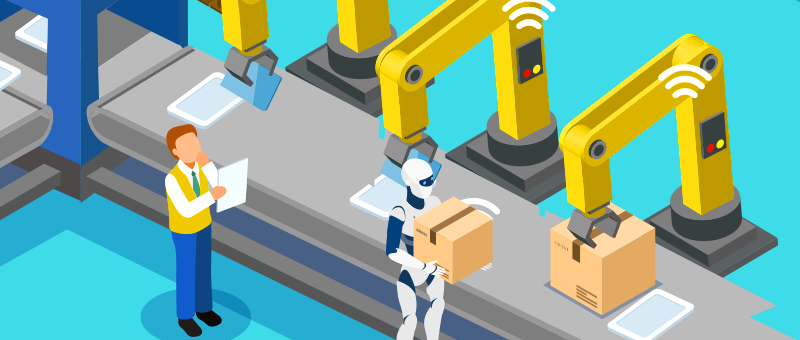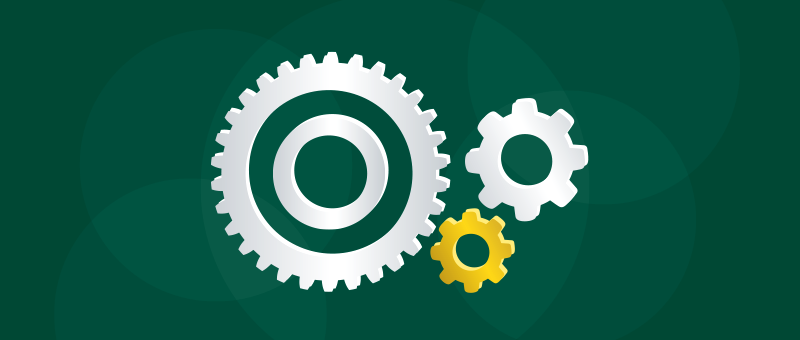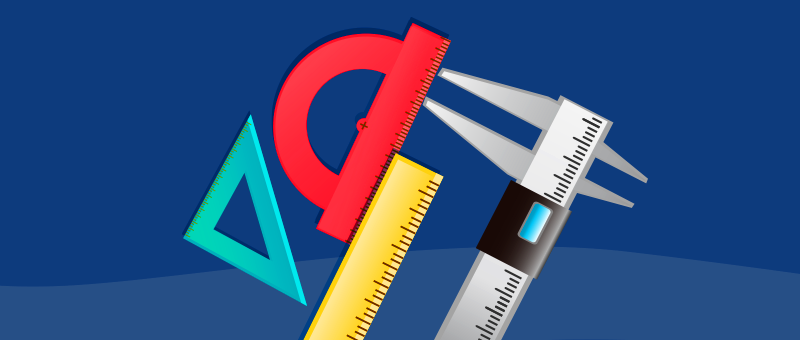Special News
A Guide to Choosing e-Procurement System
2024-08-05
In todays world, the advent of e-procurement system has introduced a new solution for enterprise procurement. These systems can automate and streamline the procurement process, reducing costs and minimizing human resource waste. This article will analyze the advantages and disadvantages of e-procurement system and provide selection recommendations.
Advantages of e- Procurement System:
1. Automated Procurement Processes: Traditional procurement requires manual operations, which can lead to human errors and delays. e-procurement system automate the entire procurement process, from submitting purchase requests to generating orders, receiving goods from suppliers, and making payments. This full automation increases procurement efficiency.
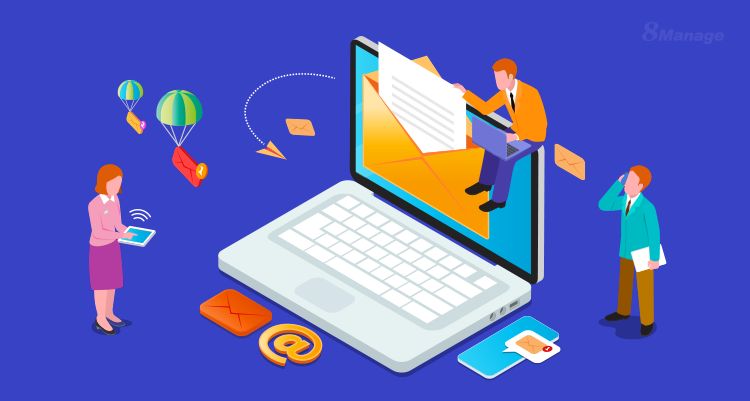
2. Reduced Procurement Costs: e-procurement system streamline approval processes, preventing delays caused by lengthy review procedures. These systems also offer more information for price comparisons and supplier selection, helping businesses obtain better prices and lower procurement costs.
3. Real-Time Data Analysis: These system help businesses collect and analyze extensive procurement data, including purchase volumes, procurement cycles, and supplier performance. By analyzing and utilizing this data, companies can create more accurate procurement plans and strategies, improving procurement efficiency.
4. Improved Procurement Quality: e-procurement system evaluate and monitor supplier credibility and performance, aiding businesses in selecting higher-quality suppliers. Automation and standardization of procurement processes also reduce human errors, enhancing procurement quality.
Disadvantages of e-procurement system:
1. Need for Professional Technical Support: e-procurement system require maintenance and updates by technical personnel. Without professional technical support, companies may face system errors.
2. Dependence on Suppliers: These systems require suppliers to have a certain level of technical capability and cooperation. Otherwise, procurement processes may be hindered.
3. Employee Learning and Adaptation: Using e-procurement system requires employees to have relevant technical and operational skills. Lack of knowledge and skills among employees may affect the efficiency and accuracy of procurement processes.
How to choose the right e-procurement system?
1. Understand Your Procurement Needs: Before choosing an electronic procurement system, businesses need to thoroughly understand their procurement needs, such as types of purchases, purchase volumes, procurement cycles, and processes. This understanding will help select the most suitable system.
2. Evaluate System Functionality and Performance: Businesses should assess the functionality and performance of potential systems, including stability, security, data analysis, and processing capabilities. Evaluation methods can include reviewing user feedback, consulting professionals, and conducting trials.
3. Consider System Usability: The ease of use of the system is crucial. A user-friendly system can help employees adapt quickly, reduce training costs, and enhance procurement efficiency.
4. Consider System Scalability and Customization: When selecting a system, businesses should consider its scalability and customization capabilities. Procurement systems evolve with business needs, and choosing a system with these features can help companies better adapt to market changes.
8Manage SRM e-procurement system:
The 8Manage SRM e-procurement system supports procurement and supplier management. It effortlessly manages thousands of suppliers, complex bulk purchases, multiple rounds of price inquiries, and one-stop electronic bidding operations.
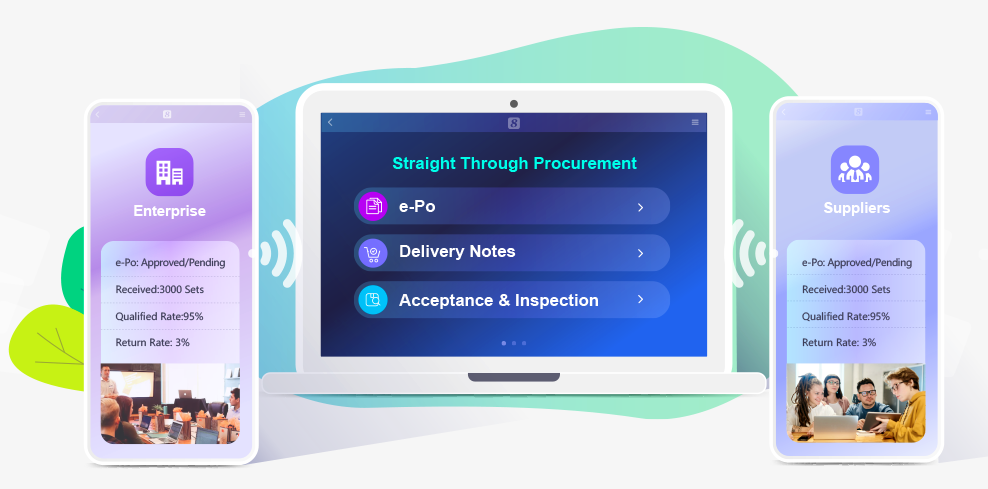
8Manage SRM offers comprehensive management and support for all procurement processes, including supplier information management, supplier relationship management, supplier performance management, product information management, electronic procurement processes, procurement plan management, pre-selection processes, electronic bidding processes, procurement contract management, expenditure analysis, security management, and outsourcing management.
Additionally, it provides streamlined procurement process management, enabling one-stop electronic procurement processes such as electronic purchase requests, electronic quotations, electronic bidding, electronic purchase orders, online receipt, warehousing and inventory, quality inspection tracking, invoices, and settlement. This ensures data sharing and integrated management, offering true one-stop service and technical support. Companies can also manage key procurement projects more scientifically with this system.
Conclusion:
For businesses to thrive, they must keep pace with the times. Procurement should integrate management innovation, information technology, and advanced management concepts. Regular attention to new technological developments and continuous improvement of products and services are the foundation of survival in todays era. The essence of leveraging management software is to simplify and enhance business management. For procurement management, it enables procurement and management personnel to conduct procurement work quickly and efficiently and provides decision-making support to the management, which is the core of e-procurement system.
Most popular

How IPD drives product R&D toward commercial success

Top procurement management systems to elevate your business in 2025

Are your project managers ready for AI?
Related articles
How to choose the best procurement management software for your business?
2025-03-07
Top 5 procurement and tender management systems in 2025: Rankings and reviews
2025-03-05
Top 6 procurement management software for businesses in Hong Kong
2025-02-26
Real estate procurement management system selection guide
2025-02-13
2025 Guide to supplier management systems for manufacturers
2025-01-24
Previous Article >
Driving Efficiency and Success with Project Management Tools
Driving Efficiency and Success with Project Management Tools


